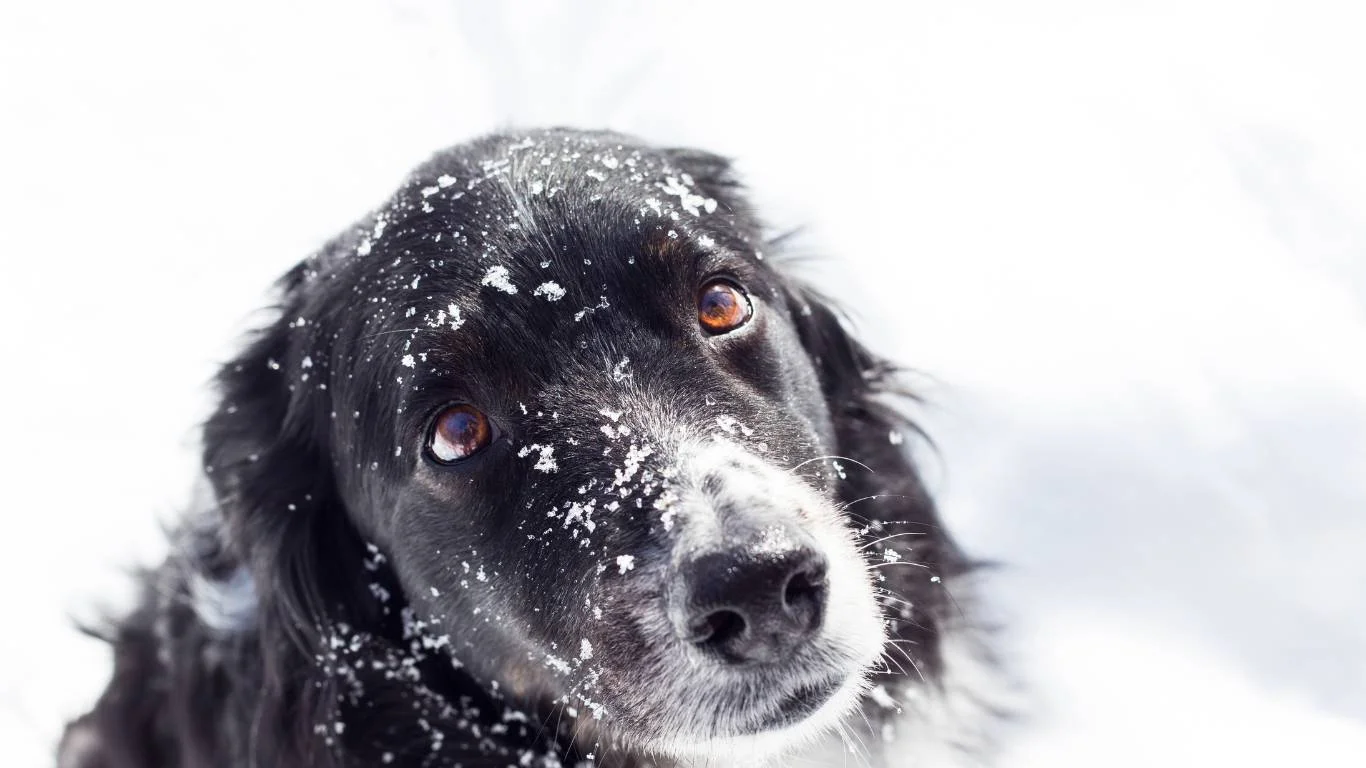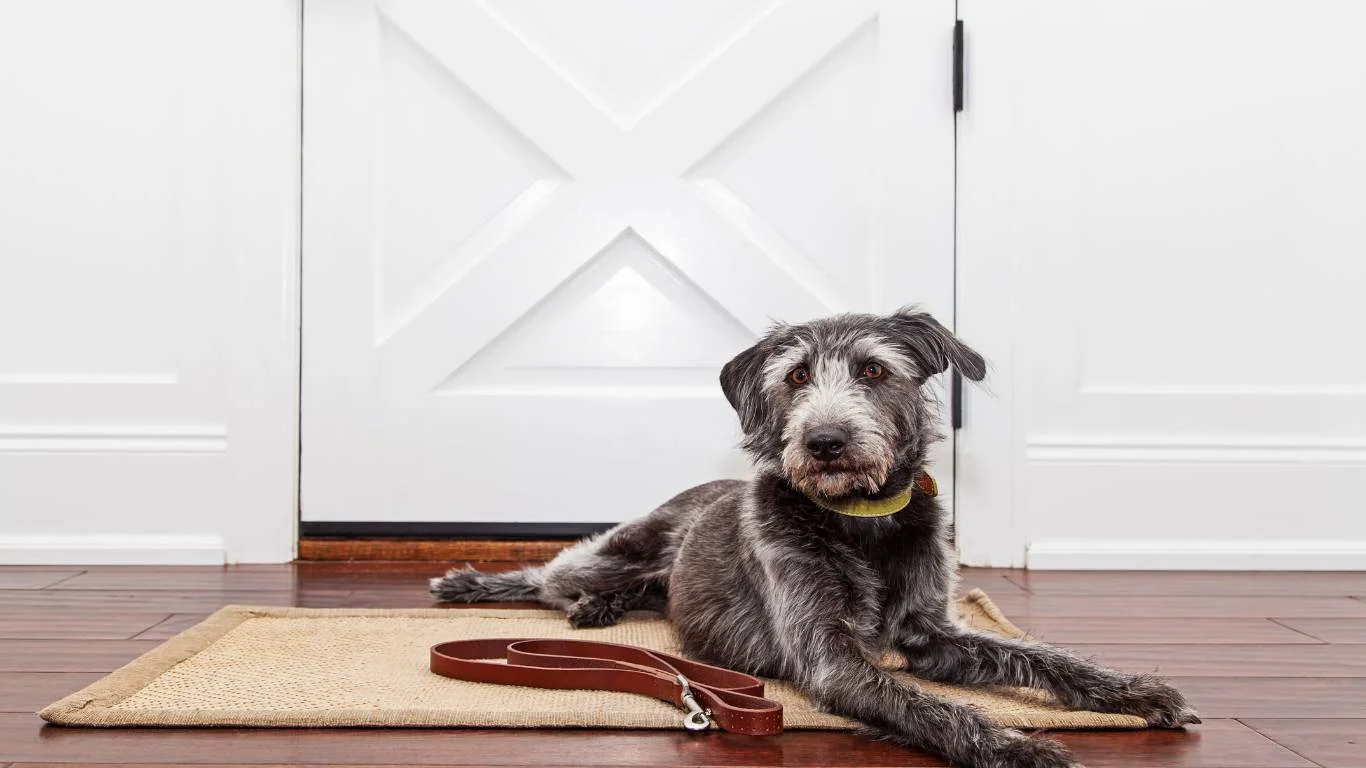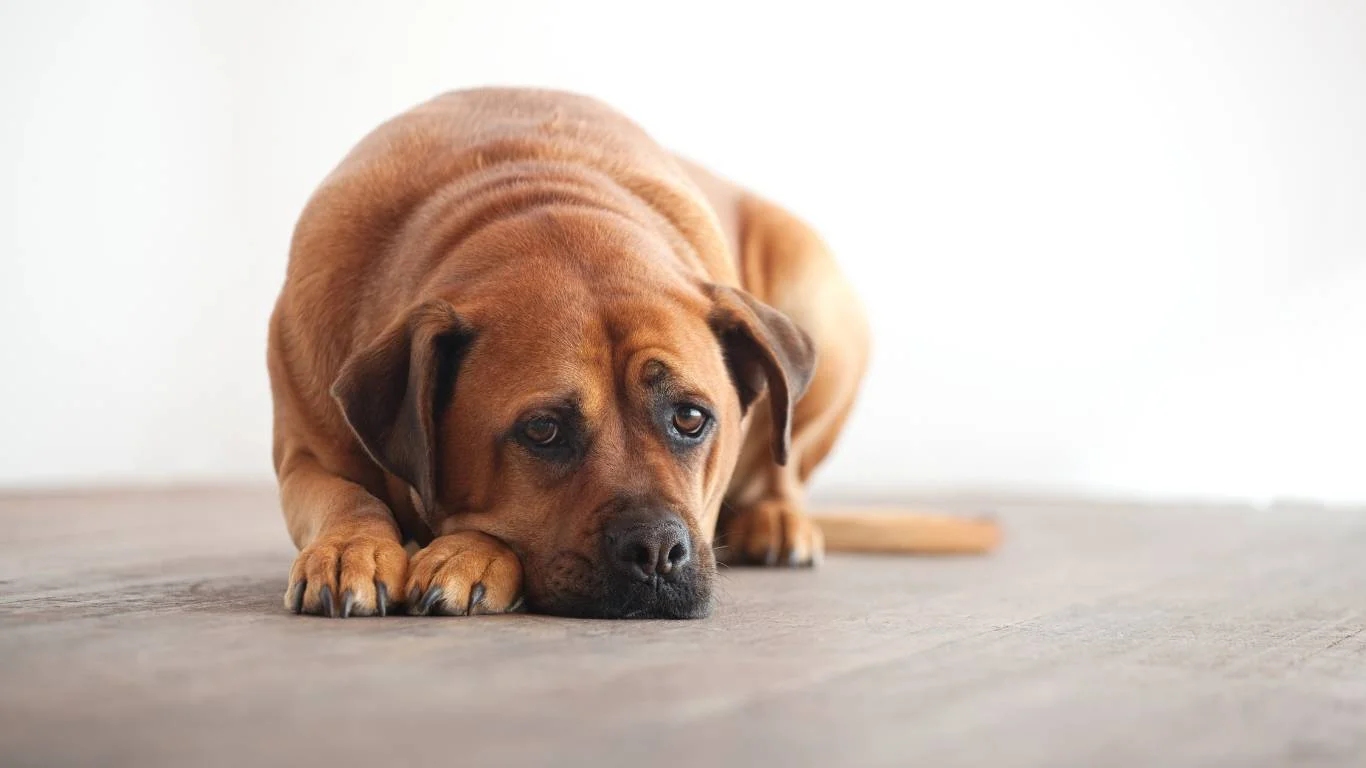Stop Dog Motion Sickness: Proven Remedies & Travel Tips!
Ever planned an exciting road trip with your furry best friend, only to have it ruined by bouts of drooling, whining, and, well… a mess in the backseat? If your pup gets nauseous every time they step into a moving vehicle, you’re not alone. Motion sickness in dogs is more common than you’d think, and trust me—I’ve seen it firsthand in my years as a pet nutritionist and pet care expert at veterinary clinics. But the good news? There are ways to make car rides easier for your pup (and for you!). Let’s dive into how to help a dog with motion sickness and turn those dreaded car trips into tail-wagging adventures.
Why Do Dogs Get Motion Sickness?
Before we tackle solutions, let’s understand why some dogs struggle with motion sickness while others cruise happily with their heads out the window. Based on my experience, here are the main reasons:
- Inner Ear Development: Puppies are more prone to motion sickness because their inner ear structures (which control balance) are still developing. Just like human kids, they tend to grow out of it.
- Stress & Anxiety: Some dogs associate car rides with negative experiences—like vet visits—leading to stress-induced nausea.
- Inner Ear Disorders: In some cases, adult dogs with underlying ear issues may experience motion sickness more frequently.
- Past Trauma: If your dog had a bad car experience (such as getting sick on a previous ride), they may develop a conditioned response that triggers nausea.
Signs Your Dog Has Motion Sickness

Not sure if your pup is just nervous or genuinely feeling sick? Watch for these telltale signs of canine motion sickness:
- Excessive drooling (way more than usual!)
- Whining or pacing in the car
- Licking lips repeatedly
- Yawning (a common stress response in dogs)
- Vomiting (unfortunately, this happens in many cases)
- Lethargy or reluctance to get in the car
From my own experience working with pet parents, some dogs show mild signs, while others get sick within minutes. If your pup consistently experiences these symptoms, it’s time to step in and help.
How to Help a Dog with Motion Sickness

Now that we know the signs and causes, let’s talk solutions! Every dog is different, so it might take some trial and error to figure out what works best for yours.
1. Gradual Car Ride Training
If your dog panics the second they see the car, don’t force them inside immediately. Instead, try:
- Positive associations: Let your pup explore the car while it’s parked. Reward them with treats and praise.
- Short sessions: Start with sitting in the car for a few minutes, then progress to turning the engine on without driving.
- Gradual trips: Take short, positive trips (like to the park) before attempting longer drives.
From my experience, dogs respond best to patience and positive reinforcement—forcing them into a stressful situation only makes it worse.
2. Adjust Their Seating Position
Did you know where your dog sits in the car can affect their nausea?
- Front seat vs. back seat: While it’s not always safe for dogs to ride in the front, they may feel better seeing the road ahead rather than watching scenery zoom past the side windows.
- Elevated seating: Some dogs do better when they’re in a raised pet seat, as it helps stabilize their vision.
- Proper restraint: A dog harness or secured crate can prevent excessive movement, which can reduce nausea.
3. Fresh Air and Temperature Control
A stuffy car can make anyone feel queasy—dogs included! Try these quick fixes:
- Crack open the windows: Allowing fresh air to circulate can ease nausea.
- Keep the car cool: A hot, stuffy environment can make motion sickness worse.
- Avoid strong scents: Air fresheners or perfumes in the car can intensify nausea for sensitive pups.
These simple adjustments can make a world of difference in keeping your dog comfortable.
4. Try Natural Remedies for Motion Sickness
Some dogs respond well to natural remedies that help calm their stomachs and nerves. Here are a few options I’ve personally seen work for pet parents:
- Ginger: Just like for humans, ginger can ease nausea in dogs. A small amount of ginger powder mixed into their food before a trip may help.
- Chamomile or Peppermint: These herbs can soothe upset stomachs. A cooled chamomile tea (no sugar or additives) offered before travel might do the trick.
- Pheromone Sprays: Dog-appeasing pheromone (DAP) sprays can help calm anxious pups before a car ride.
- Lavender Essential Oil: A drop of diluted lavender oil on their bedding (never directly on the dog!) may help create a calming atmosphere.
Of course, always check with your vet before trying any home remedies—every dog reacts differently.
Medications and Veterinary Options

If natural remedies and training don’t seem to help, your vet might recommend medications to manage your dog’s motion sickness.
1. Prescription Medications
For dogs who struggle with severe nausea, prescription medications may be the best option. The most common ones include:
- Cerenia (Maropitant): A highly effective anti-nausea medication specifically made for dogs. It works fast and can be given before car rides.
- Benadryl (Diphenhydramine): While mainly an antihistamine, it can have a mild sedative effect that helps some dogs relax in the car.
- Dramamine (Dimenhydrinate): A motion sickness medication for humans that some vets recommend for dogs in specific cases.
Make sure to talk to your vet before giving your dog any medication—dosages vary based on weight and health conditions.
2. CBD for Dogs
In recent years, CBD products designed for pets have gained popularity. Some dog owners swear by CBD oil or treats to ease travel-related anxiety and nausea. While research is still ongoing, many holistic vets consider it a safe option when used correctly.
Feeding Strategies Before a Trip

Believe it or not, what and when your dog eats before a car ride can impact their chances of getting sick.
1. Avoid Feeding Right Before Travel
One of the biggest mistakes I see pet parents make is feeding their dog a full meal just before hopping in the car. A full belly combined with motion? Recipe for disaster! Instead:
- Feed a light meal at least 3-4 hours before the trip.
- Avoid rich, fatty foods that can make digestion harder.
- Some dogs actually do better with a small snack before traveling—trial and error will tell you what works best.
2. Keep Them Hydrated
Hydration is key, but gulping down a ton of water right before a drive isn’t ideal. Offer small amounts of water leading up to the trip, and bring a portable water bowl to keep them hydrated during rest stops.
Creating a Comfortable Travel Environment

Sometimes, motion sickness in dogs isn’t just about nausea—it’s also tied to stress. Creating a calm, comfortable travel space can make a big difference.
1. Use a Secure, Comfortable Crate
Some dogs feel safer in a cozy, well-ventilated crate during car rides. It minimizes movement, provides a familiar space, and reduces visual stimuli that can trigger nausea.
2. Bring Their Favorite Comfort Items
Does your dog have a favorite blanket or toy? Bringing familiar scents and objects can help ease their nerves. Some pet parents even leave an old t-shirt with their scent in the car to comfort their dog.
3. Play Calming Music
Yes, dogs can respond to music! Studies suggest that soft classical music or specially designed dog relaxation tracks can help soothe anxious pups during car rides.
Training Your Dog to Love Car Rides
With patience and consistency, you can teach your dog to actually enjoy road trips. Here’s how:
1. Take Small, Fun Trips
Instead of only taking your dog to the vet in the car (which can create negative associations), mix in trips to the park, beach, or anywhere they love.
2. Reward Good Behavior
Use treats and praise to make car rides a positive experience. Start with short trips and gradually increase the distance as your dog gets more comfortable.
3. Be Patient
Some dogs take longer to adjust than others, and that’s okay! The key is to make progress at their pace and never force them into an overwhelming situation.
What to Do If Your Dog Gets Sick During a Trip

Even with all the preparation in the world, sometimes motion sickness still happens. If your pup starts showing signs of nausea mid-trip, don’t panic—here’s what to do:
1. Pull Over Safely
If your dog looks uncomfortable—excessive drooling, whining, or licking their lips—find a safe spot to pull over. A quick break can help them regain their balance and ease their nausea.
2. Let Them Get Fresh Air
Once stopped, open the windows or let them step outside (on a leash, of course) for some fresh air. This can help reset their senses and reduce dizziness.
3. Offer a Small Sip of Water
Hydration helps, but don’t let your dog gulp down too much water at once—it can make nausea worse. A few small sips can help keep them comfortable.
4. Use a Cool Cloth
If your pup seems overheated or extra uncomfortable, gently dabbing their ears and paws with a cool, damp cloth can help soothe them.
5. Keep Cleanup Supplies Handy
Let’s be real—sometimes, vomiting happens. Always keep a travel-friendly cleanup kit in the car, including:
- Paper towels or pet-safe wipes
- Plastic bags for waste disposal
- A spare towel or blanket for their seat
- A mild, pet-safe disinfectant
Trust me, having these on hand will make a world of difference in keeping your car (and your pup) clean.
Long-Term Solutions for Motion Sickness

If your dog consistently struggles with motion sickness, don’t lose hope! Many pups improve over time with the right strategies. Here’s what to focus on:
1. Desensitization Training
Slowly increasing your dog’s exposure to car rides can work wonders. Even if progress feels slow, stick with it—many dogs eventually adjust.
2. Talk to Your Vet About Underlying Issues
Sometimes, motion sickness is tied to an underlying health problem, like an ear infection or vestibular disease. If your dog’s symptoms persist, a vet check-up is a good idea.
3. Consider Travel Alternatives
For dogs with severe motion sickness that doesn’t improve, alternative travel methods—like using a pet-friendly train service or hiring a pet transport company—might be worth exploring for longer trips.
Final Thoughts
Motion sickness in dogs can be frustrating for both pets and their humans, but with the right approach, you can help your furry friend enjoy car rides again. Whether it’s through gradual training, adjusting their seating, or using natural remedies, there’s hope for even the most car-averse pups.
From my own experience working with pet parents, I’ve seen dogs go from dreading car rides to hopping in with excitement. It takes patience, but the reward of stress-free travel with your best friend is absolutely worth it.
References
For further reading on canine motion sickness and travel tips, check out these trusted sources:
Disclaimer
The information in this article is for educational purposes only and does not substitute professional veterinary advice. Always consult your veterinarian before trying new treatments or medications for your dog’s motion sickness.






